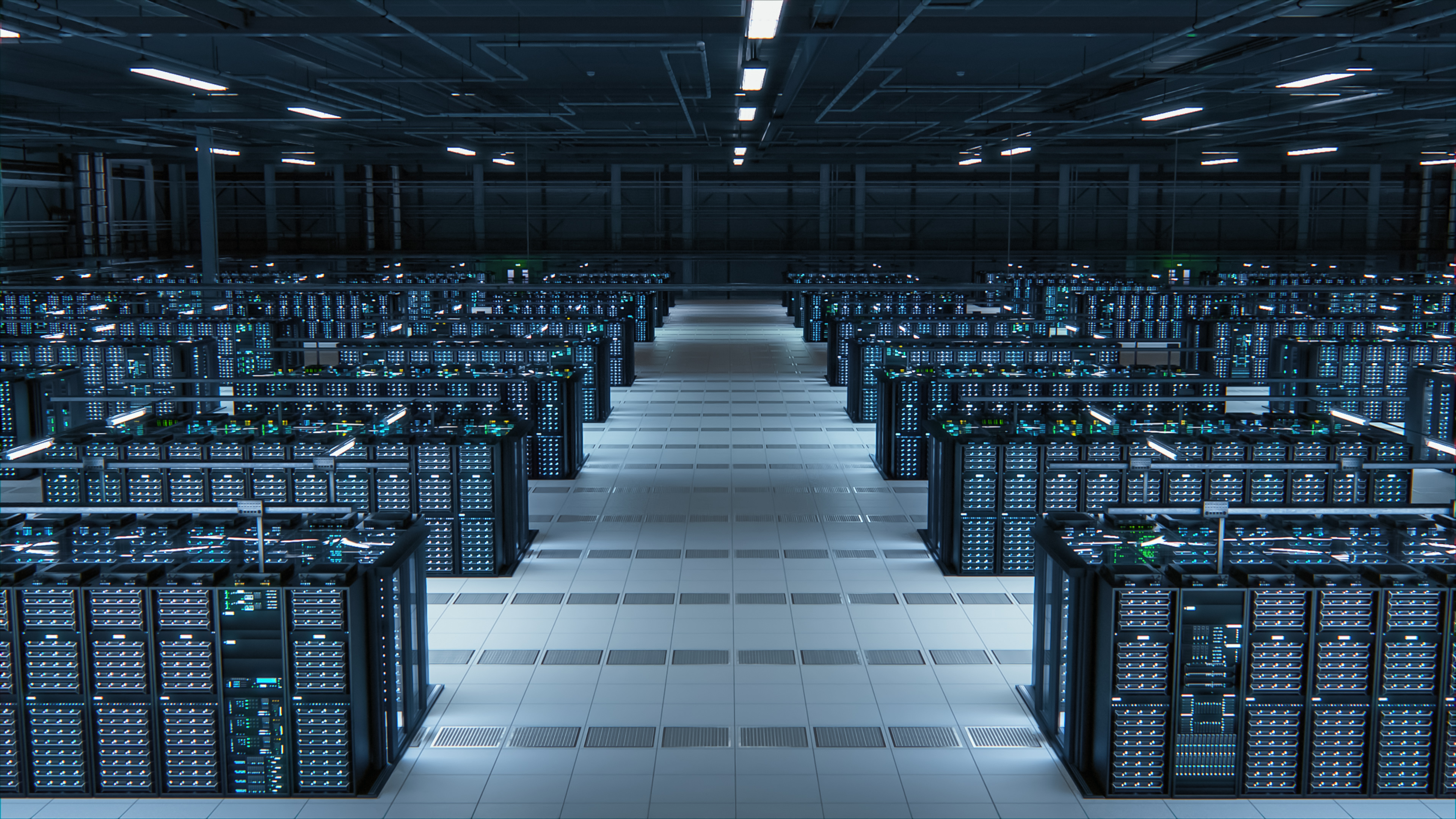Distributed energy resources are decentralized and smaller-scale grid-connected energy resources that can generate, store, or manage electricity. DERs include energy storage, distributed generation, building management systems, smart thermostats, electric vehicles (EV) and EV charging, demand response technologies, onsite wind and solar, microgrids, and more.
VPPs are created by aggregating DERs to provide energy and other grid services. VPPs get paid by grid operators to reduce demand on the grid and/or generate power, just like a traditional power plant gets paid to generate power. By aggregating DERs, VPPs can achieve the scale and operational simplicity of large, traditional power plants. VPP operators like Voltus aggregate and enroll DER owners to participate in our VPP network. When the grid needs power, VPP members are called on and paid to reduce their grid electricity use using their DERs.












.jpg)

.jpg)
